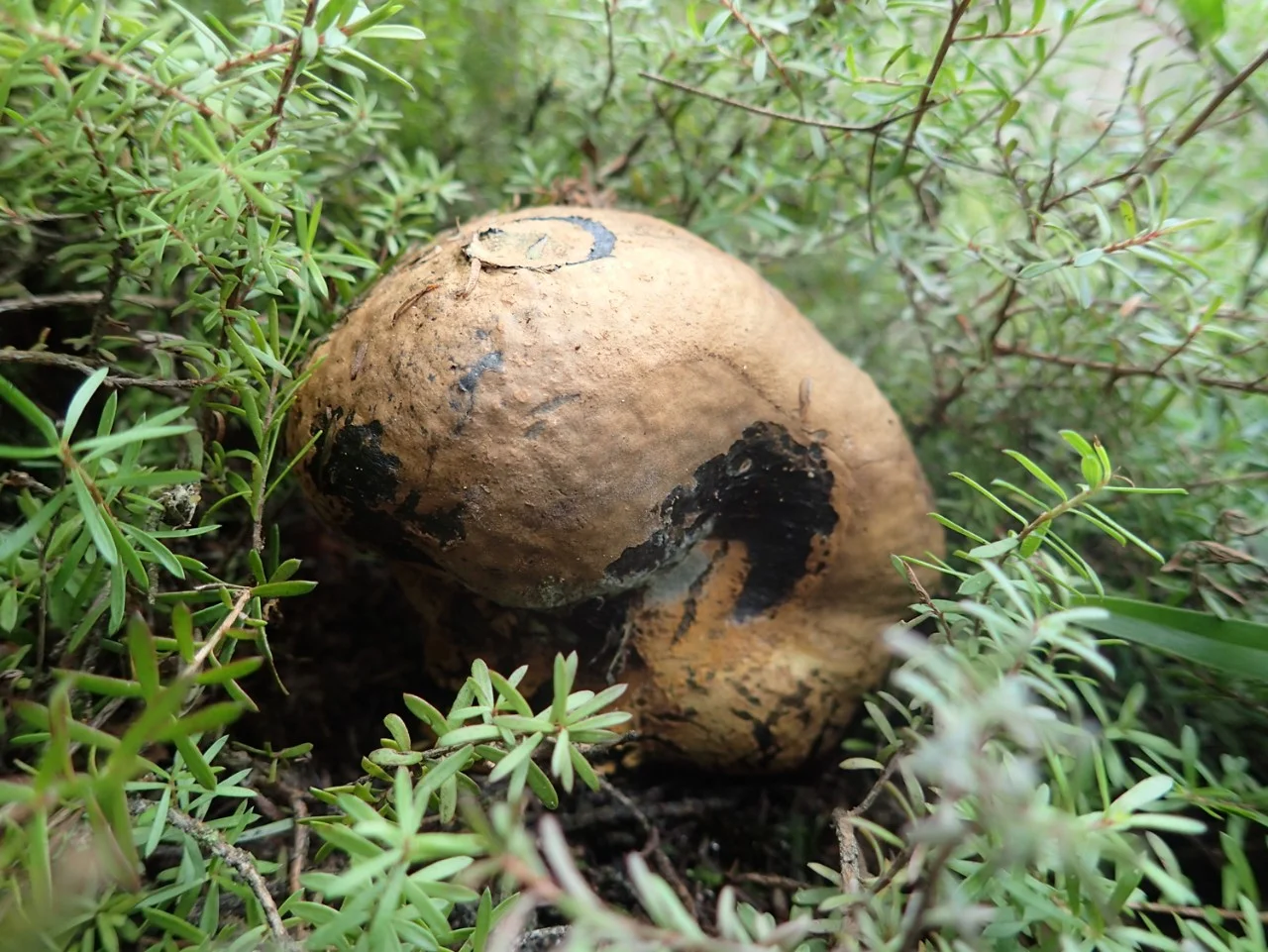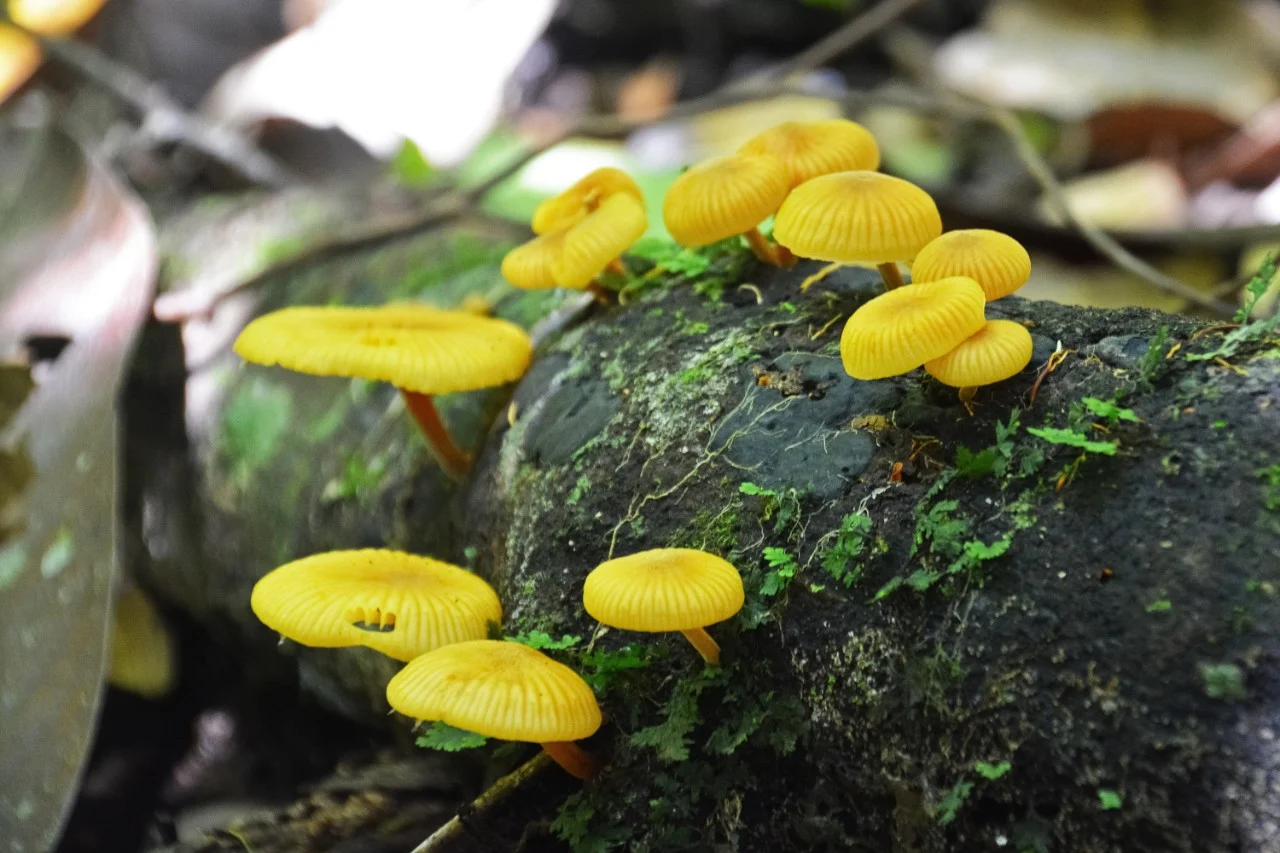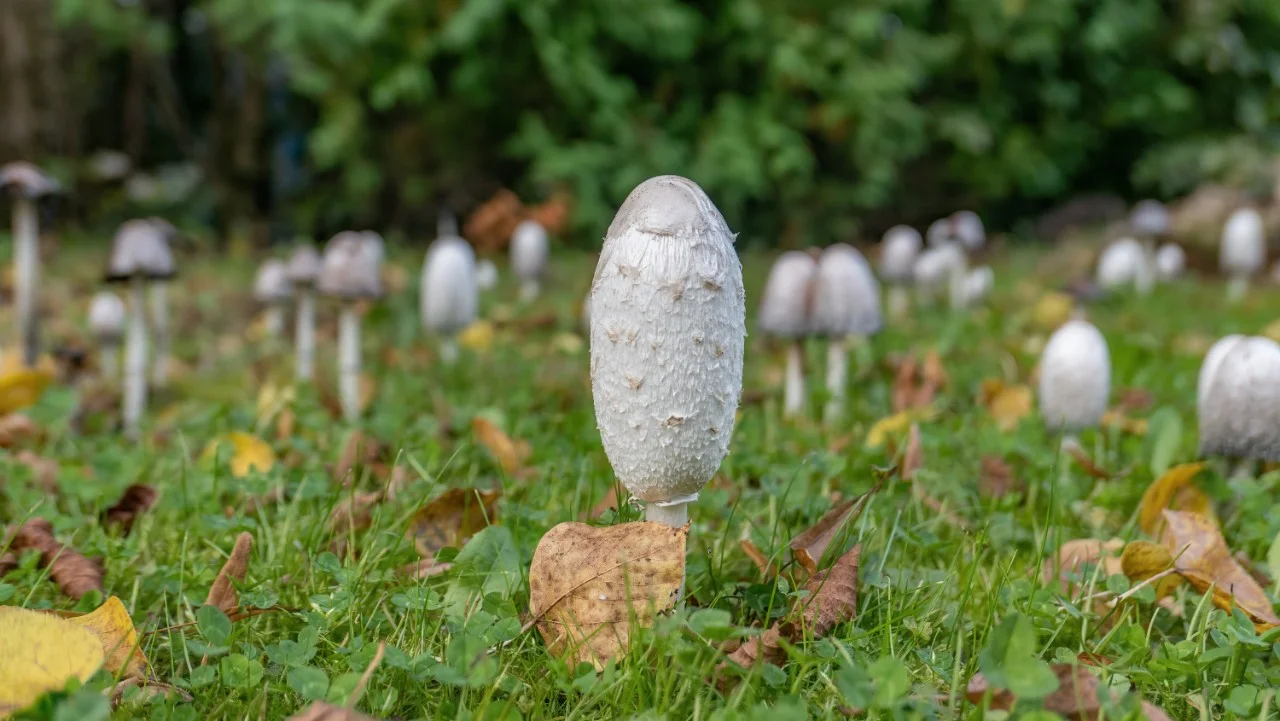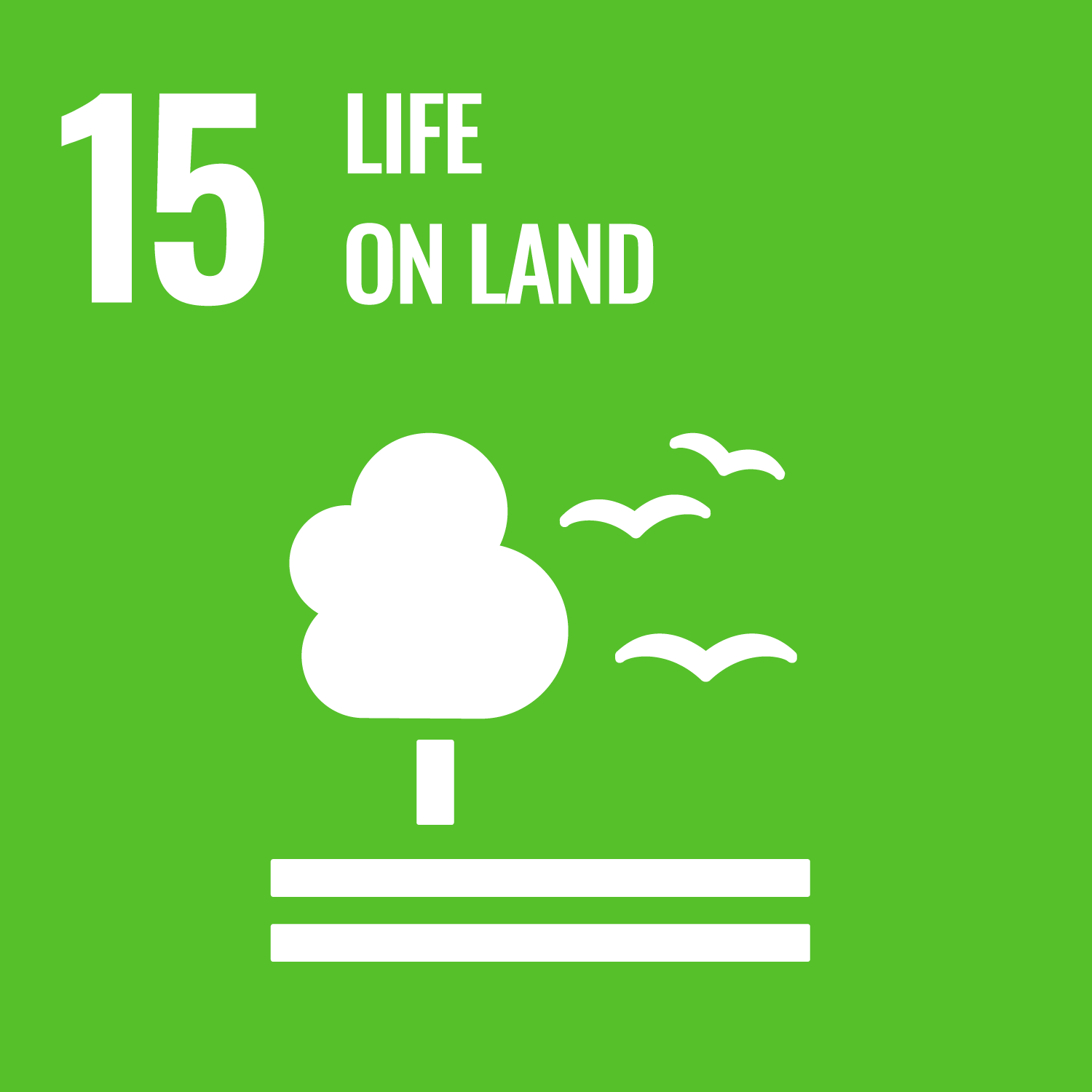You can search for courses, events, people, and anything else.
The appearance of fungi is not always cause for concern. The mouldy growths you find at the back of the fridge are miles away from the helpful fungal species that can improve forest resilience and sustainability.
Married researchers Jonathan and Krista Plett, from Western’s Hawkesbury Institute for the Environment, are studying how ectomycorrhizal fungi, a type of fungi that surrounds tree roots without penetrating them, establish and support tree health.
Foresters have been inoculating seedlings with fungi prior to reforestation to aid tree establishment for a long time, but as climate extremes worsen, researchers predict current inoculation strategies will be insufficient.
If the symbiotic relationship between trees and fungi is better understood in this time of great climate stress, the rewards could be significant. Studies estimate annual damage and control costs for plant pathogens are more than US$20 billion (AU$26.5 billion) in crop production and US$7 billion in forestry.
“Imagine coating a seed with a probiotic that would naturally encourage beneficial microbes to flourish. It would be like a fungal welcome pack containing all that the seedling needs to establish itself, avoid pathogens and make sustainable use of the soil resources,” says Jonathan.
To create such a resource, Jonathan and Krista are examining the nutrient cycle between fungi and tree roots.
Ectomycorrhizal fungi donate a lot of nutrients to trees, increasing their productivity and reducing the amount of expensive fertilisers needed. But it’s not for free – this is a symbiotic relationship. “Some people estimate up to 30% of the tree’s photosynthesis is going to feed the fungi and other organisms in the soil,” explains Krista.
One nutrient going into the soil is carbon, a process that could be key in fighting climate change. “There’s a theory that ectomycorrhizal fungi not only eat carbon, but slow down soil respiration. It’s debated, but there could be potential to direct a lot of carbon underground,” Krista says.
Need to know
- Ectomycorrhizal fungi form symbiotic relationships with trees.
- They can help provide nutrients, protect trees against pathogens, and store carbon.
- Seedlings can be inoculated with fungi to help them flourish in adverse conditions.
In a recent paper, the team showed that genetics have a significant impact on how ectomycorrhizal individuals work with their tree partners and store carbon. “It isn’t sufficient to see if the trees are colonised, we need to consider the genetics of what is found on the roots,” says Krista. “There is a push to start thinking about tailor-made inoculum for plantation trees made up of fungi specifically adapted to the trees and the soil they will be planted out in.”
In the Pletts’ quest to understand these processes, they are conducting field trials in pine forest nurseries in Australia to improve inoculation strategies through a more fungal-centric understanding of symbiosis, including the importance of diversity.
“Our assessment of successful mycorrhiza in seedlings was to look for white fluffy growth on the roots. Jonathan showed us that’s really underestimating what’s going on,” says Angus Carnegie, a senior researcher in the NSW Department of Primary Industries.
There are up to 20 species of ectomycorrhizal fungi in pine plantations in Australia. “Just like every human has a different skill set, different mycorrhizal species have different ways that they help a plant,” says Jonathan. “One species may give lots of nutrients, another species may help drought tolerance, another may protect against pathogens, and so forth.”
“We’re still testing this, but probably the seedlings with higher diversity of fungus — the reds, browns and yellows, as well as the white fungi — will do better when they get planted out.”
Through field trials, the Pletts are increasing our understanding of fungal biology, so that foresters will be able to reduce nursery treatments that harm the environment, while improving profitability, producing trees that can flourish in adverse conditions and capture carbon.
Meet the Academic | Dr Jonathan Plett
Dr Jonathan Plett joined the team at the Hawkesbury Institute for the Environment in October 2012 where he currently holds a senior lectureship in plant-microbe interactions. Dr Plett did his PhD at Queen's University in Canada in the area of plant hormone perception and disease immunity. In January of 2009 he began his post doctoral research at L'Institut National de la Recherche Agronomique (INRA), France, where he worked on functionally characterizing small secreted protein signals that coordinate symbiosis between plants and soil-borne mutualistic fungi – an interaction that is essential for the continued health and productivity of forests. The aim of his research program is to compare and contrast the genetic traits in plants that render them susceptible to colonization by mutualistic versus pathogenic microbes. Further, he studies the countermeasures used by microbes to manipulate the outcome of these interactions.
Dr Plett uses plant hosts from forestry and agricultural contexts (e.g. Pinus, Eucalyptus, Solanum, Cicer) combined with their associated oomycete, fungal, and bacterial partners (e.g. Phytophthora, Pisolithus, Rhizophagus, Mesorhizobium) to tackle these complex questions. He specializes in combining a range of different techniques from molecular biology and biochemistry, including genomic and transcriptomic analysis, protein:protein interaction assays, enzymatic tests as well as the creation and characterization of mutant organisms to achieve his research goals. The outcome of this research will be a better understanding of the biological mechanisms that can be leveraged in future to mitigate the negative effects of abiotic stress associated with climate change.
Meet the Academic | Dr Krista Plett
Dr Krista Plett joined the Hawkesbury Institute for the Environment at Western Sydney University in 2016 as a postdoctoral research fellow in plant: microbe interactions. Her research focuses on the establishment of symbiosis between plant roots and soil borne microbes, ranging from beneficial ectomycorrhizal fungi to pathogens. She is interested in the genetic and environmental factors that affect plant susceptibility to these microbes and how this impacts resource partitioning between partners. To better understand the mechanisms of these interactions, she uses exploratory techniques including RNA sequencing and metabolomics, followed by more detailed molecular approaches, including protein interaction studies or the generation of transgenic plants. Dr Plett began her research career in analytical chemistry completing a PhD at Queen's University, Canada, in 2008, before transitioning into molecular biology so she also has a keen interest in the use of new analytical technology, such as microdialysis, to investigate these plant:microbe interactions. Ultimately, Dr Plett hopes that her research will enable stakeholders in agriculture and forestry to capitalise on the management of microbes to maintain plant health and productivity into the future.
Credit
© Jeremy Bezanger/unsplash © Sangga Rima Roman Selia
Future-Makers is published for Western Sydney University by Nature Research Custom Media, part of Springer Nature.









